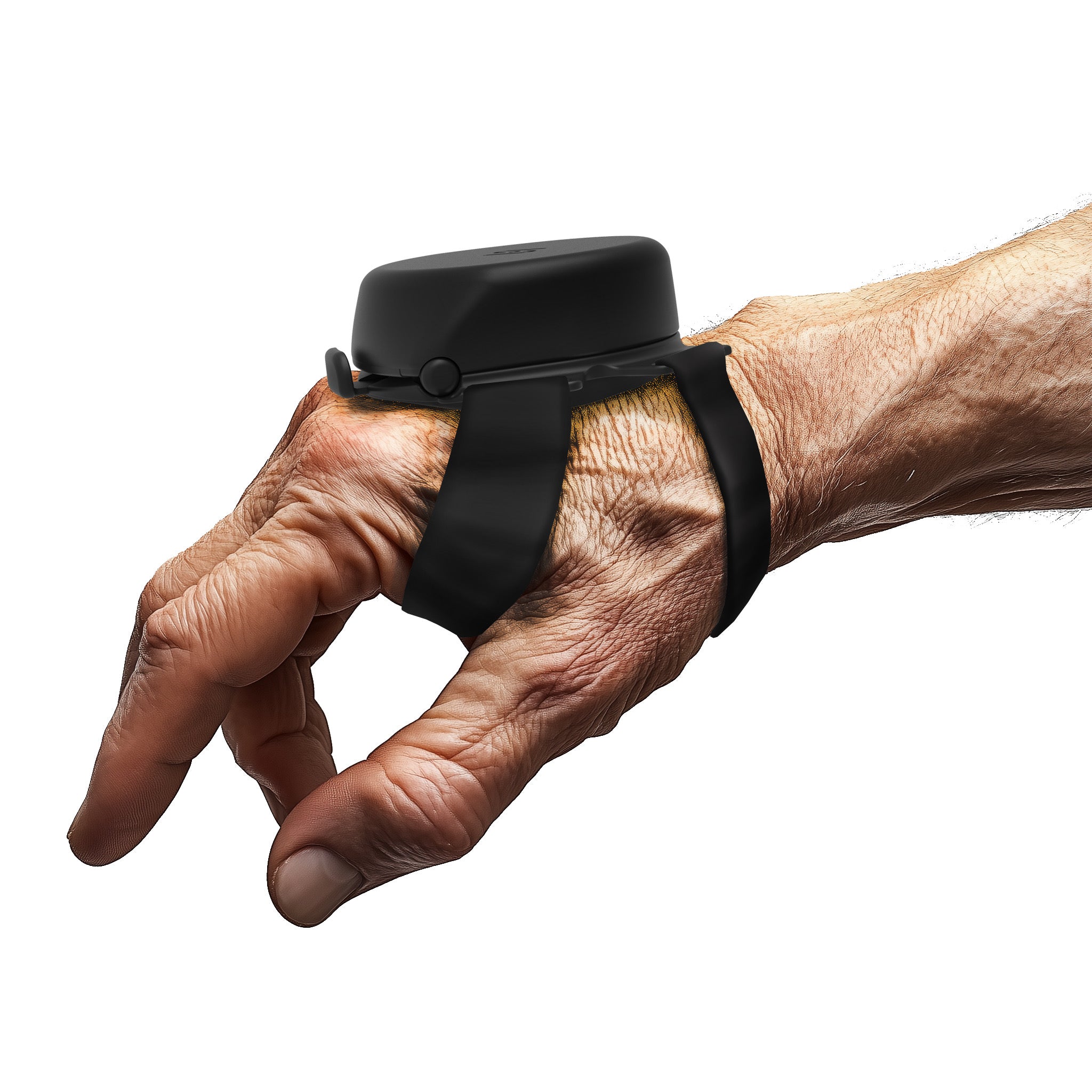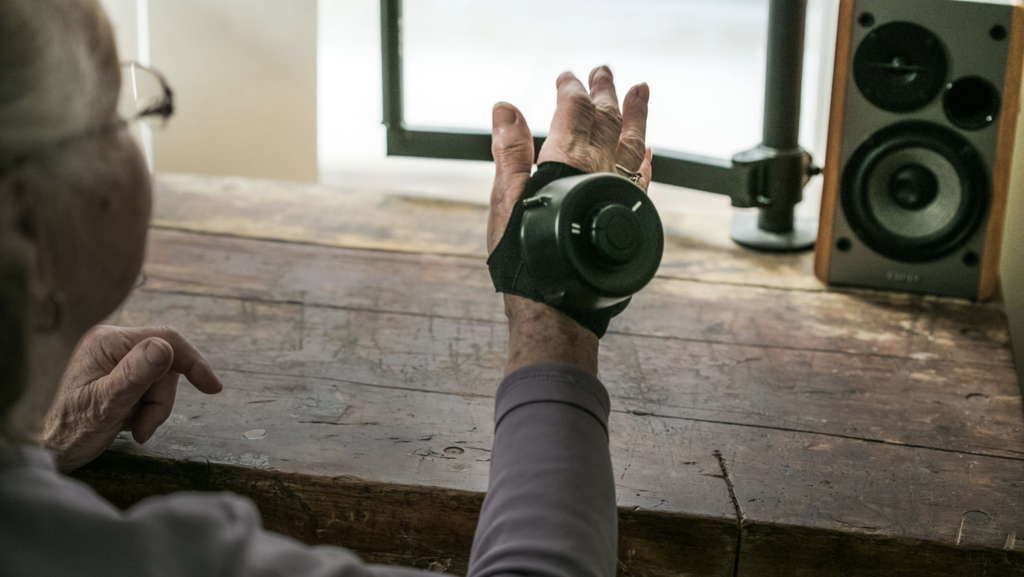
Essential tremor (ET) is a progressive disease of the nervous system that causes uncontrollable shakes to the head, neck, trunk, arms, legs, voice, and other parts of the body. While there is, unfortunately, no cure for ET there are various treatment options that can help temporarily ease the symptoms associated with ET. Generally, individuals with ET struggle to perform activities with their “dominant hand.” As such, surgeries are usually only required on one side of the brain. However, there are some cases in which individuals have severe tremors on both sides of their body, in which case surgery is needed on both sides of the brain. Below, we have summarized some of the most common surgeries that can help to treat symptoms associated with ET.
Focused Ultrasound
This treatment is a high-intensity ultrasound that uses targeted beams on a very specific spot of the brain that causes symptoms associated with ET. This treatment option is FDA registered and works to reduce symptoms associated with PD in a large portion of patients. According to a study conducted by the Cleveland Clinic, patients with either ET or Parkinson’s disease that had undergone focused ultrasound experienced over a 50% improvement in their tremors three months after the procedure.
Benefits of this procedure include:
-
No incisions needed
-
No devices implanted
-
No radiation used
-
No general anesthesia used
-
No risk of infection or bleeding
Some side effects include:
-
Nausea
-
Headache
-
Temporary numbing or tingling of the fingertips
-
Temporary speech or swallowing challenges
To learn more about focused ultrasound as a treatment option for ET, click here.
Deep Brain Stimulation (DBS)
Deep Brain Stimulation is a surgical procedure that helps to treat the neurological symptoms associated with ET. The treatment uses a neurostimulation device that is used to deliver electrical pulses to precise locations in the brain circuit that have been known to cause ET symptoms. Normally, the activity in these circuits causes movement problems as seen in ET. However, when these circuits are blocked or disturbed due to DBS, the rest of the brain can function normally which can help to reduce tremors. This procedure usually involves placing a battery-operated neurotransmitter under the collarbone while the patient is under general anesthesia. The best candidate for DBS is a patient who has severe tremors, but no other major symptoms of ET.
Benefits of this procedure include:
-
Causes minimal damage to brain tissue
-
Can be programmed wirelessly and painlessly
-
Can be reversed
Some side effects include:
-
Small risk of bleeding
-
Small risk of infections
-
Potential breakage or wire movement
To learn more about DBS, click here.
Lesioning Surgery
Prior to DBS, lesioning surgery was commonly performed as a treatment option for people with ET. Lesioning surgery is a procedure in which a probe is placed into the brain, targeting similar regions as DBS. The probe is then heated to destroy a portion of the brain target. This is Donne to eliminate the part of the brain that is causing abnormalities to occur. However, the effects of lesioning surgery can wear off over time, which is why it is less commonly performed. A thalamotomy is the most common type of lesioning performed, where part of the thalamus region of the brain is destroyed in order to reduce tremors.
Benefits of this procedure include:
- minimally invasive
- Can temporarily reduce tremors
Some side effects:
-
tremor reduction usually wears off over time
-
Risk of bleeding
-
Risk of infection
If you are interested in learning more about lesioning surgery, click here.
As you can see, there are various surgical treatment options available to reduce tremors for people with ET. However, all of these treatment options carry some degree of risk. Many patients are looking for a risk-free solution, and Steadiwear — a Canadian medical device company — has created just that.
The Steadi-Two is a tremor stabilizing glove for people with ET and Parkinson’s disease. The Steadi-Two is lightweight, battery-free, and machine washable. The glove can be worn on either hand with minimal adjustments needed. In lab tests, the Steadi-Two provided users with up to 80% tremor relief! The Steadi-Two is a risk-free solution to help people living with ET get back to the activities they love.
If you are interested in learning more about the Steadi-Two, or would like to reserve your Steadi-Two today, click here.



